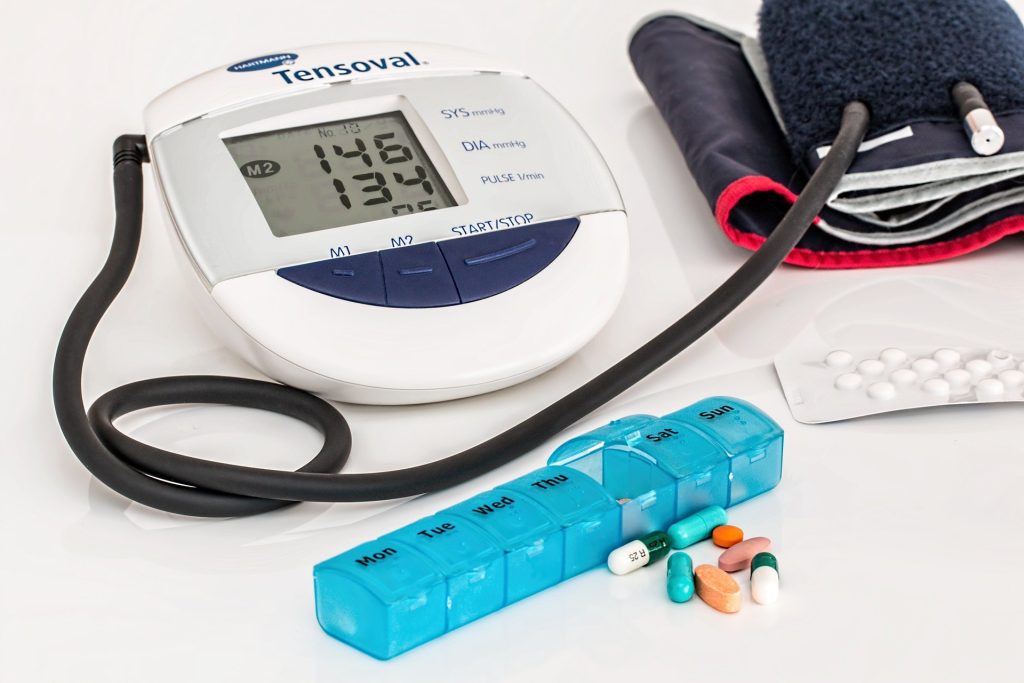Telomere Length May Be Set Early in Life

Telomeres, the protective nucleotide end caps of chromosomes which shorten with every cell division, have been found by a new study to undergo great changes in length during the first years of life.
The length of telomeres is important in a number of age-related diseases and is also an important marker of biological age. When telomeres are completely shortened, cells become senescent and unable to divide any further to repair damage.
This study, one of the first to examine telomere length (TL) in childhood, found that the initial setting of TL during prenatal development and in the first years of life may determine one’s TL throughout childhood and potentially even into adulthood or older age. The study also finds that TL decreases most rapidly from birth to age 3, then remaining unchanged into the pre-puberty period, although on some occasions it was seen to lengthen.
Researchers at the Columbia Center for Children’s Environmental Health at Columbia University Mailman School of Public Health led the study, which followed 224 children from birth to age 9. Their findings were published in the journal Psychoneuroendocrinology.
The researchers discovered that a mother’s TL is predictive of newborn TL and tracks with her child’s TL through pre-adolescence. The reasons why some children have telomeres that shorten faster are unknown, though one explanation may be that telomeres are susceptible to environmental pollutants. It is also unknown why some children had telomeres that lengthened across the study period, a phenomenon seen in other studies.
“Given the importance of telomere length in cellular health and aging, it is critical to understand the dynamics of telomeres in childhood,” said senior author Julie Herbstman, PhD, director of CCCEH and associate professor of environmental health science at Columbia Mailman School. “The rapid rate of telomere attrition between birth and age 3 years may render telomeres particularly susceptible to environmental influences during this developmental window, potentially influencing life-long health and longevity.”
Researchers used polymerase chain reaction to measure TL in white blood cells isolated from cord blood and blood collected at ages 3, 5, 7, and 9, from 224 children. In a small group of mothers they also measured maternal TL at delivery.
The researchers said that further research is needed to understand the biological mechanisms behind the variance of TL shortening or lengthening rates in the first years of life, as well as modifiable environmental factors contributing to the shortening speed.






